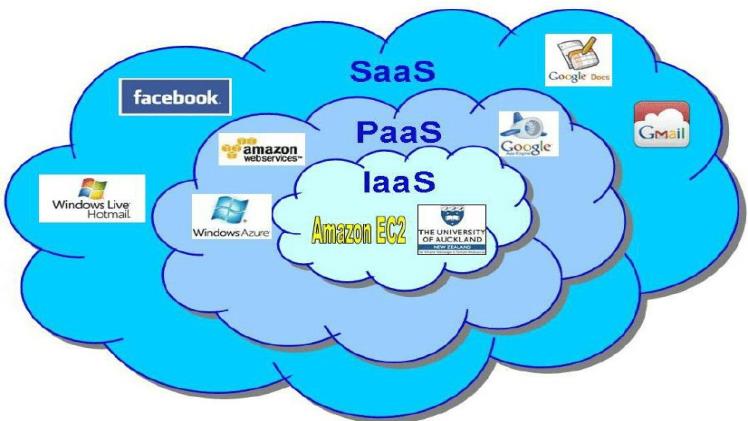Cloud Computing and the Growth of Software-as-a-Service Platforms

Cloud computing is a set of services that allows businesses to store, access and run applications over the internet rather than on their own servers. It works on the principle of providing on-demand computing resources to customers on either a monthly or annual subscription basis. Although still relatively new, cloud computing has already attracted several prestigious providers such as Amazon Web Services, Microsoft Azure and Google.
The two primary cloud offerings are infrastructure as a service (IaaS) and platform as a service (PaaS). IaaS provides computing resources like servers, storage and networking that can be deployed to meet an organization’s IT requirements; while PaaS brings these building blocks together into an easily consumable software development platform.
Deploying applications into the cloud makes it simpler. Moving services into the cloud can accelerate application installation times, enabling companies to scale up or out as their needs evolve. Furthermore, buying and maintaining on-site hardware becomes unnecessary for cost savings purposes.
Some organizations are wary of cloud computing due to potential disruption it could cause their business operations. On the other hand, others view it as a game-changer that will boost productivity and efficiency. It’s essential to remember that cloud computing can be difficult to implement and many issues arise when moving applications onto the cloud.
Performance is often disregarded when considering cloud adoption. Unlike traditional IT infrastructure, which can be optimized and controlled at a granular level, performance in the cloud is more unpredictable. Network or provider outages may slow down productivity and disrupt business processes.
Another challenge faced by companies considering the cloud is ensuring they utilize a secure service. While many cloud providers can guarantee high levels of protection, there remains the possibility that an attacker could gain unauthorized access to your data and applications.
Furthermore, the location of your applications and data may have an impact on their performance. For instance, if an application is hosted in the US, latency may be higher than if it were located in Europe. This is especially true for video-conferencing apps like Zoom or Microsoft Teams which require a network connection to function correctly.
Software as a service (SaaS) is an increasingly popular cloud delivery model for applications purchased on a subscription basis. Common SaaS applications come as software suites with essential business applications like email, customer relationship management and financial management tools.
SaaS applications can be deployed on-premises, but many prefer the cloud due to its simplicity. Applications are delivered over the Internet and accessible from any computer with an internet connection, while being scalable so businesses can add more users and features as needed.
SaaS (Software as a Service) has seen an immense shift in how business software is sold and consumed. Previously, software was licensed-based with an upfront cost, but now many SaaS providers price their offerings based on user count as well as monthly or yearly subscription fees.


